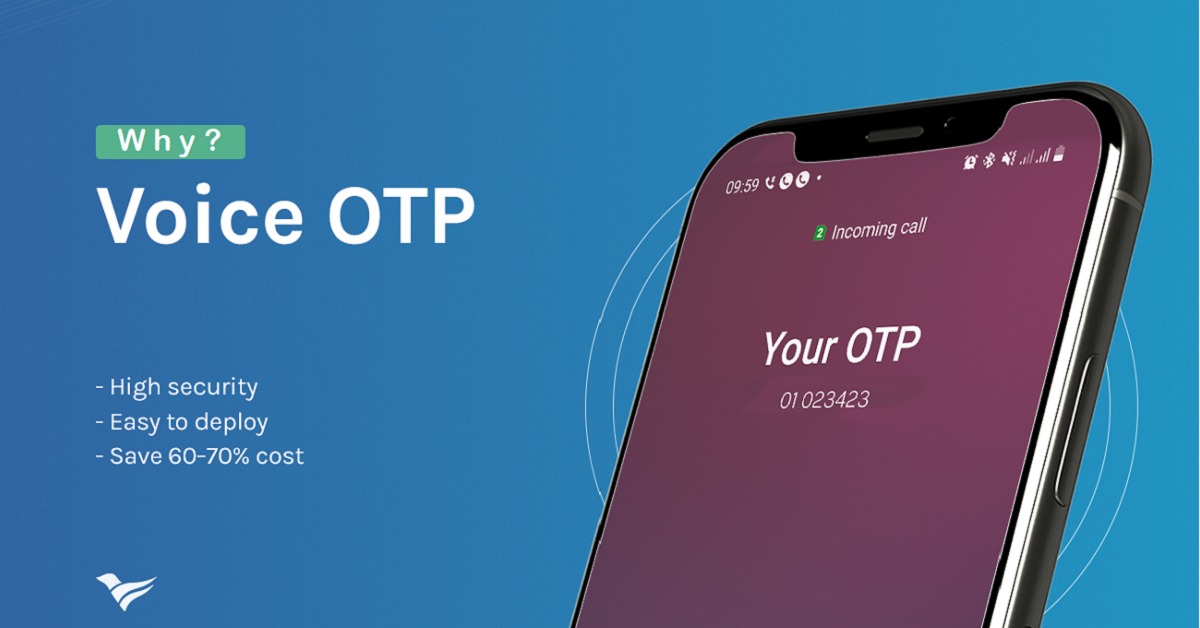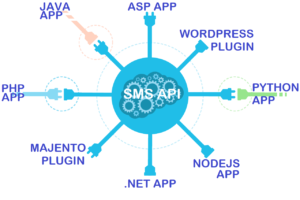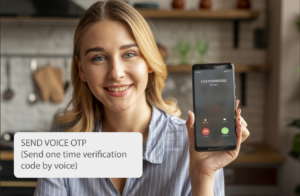A Voice OTP (One-Time Password) is a security feature that delivers a unique and temporary authentication code to a user via an automated phone call. It is used as an additional layer of security to verify the identity of a user during various online activities, such as account registration, login, or critical transactions.
The process of using Voice OTP typically involves the following steps:
User Initiates Action: The user initiates an action that requires authentication, such as logging into an account or performing a sensitive transaction.
Request for OTP: As part of the authentication process, the system requests the user’s phone number to send the OTP.
OTP Generation: The system generates a unique one-time code, valid for a short period (usually a few minutes).
Automated Phone Call: The Voice OTP service provider initiates an automated phone call to the user’s registered phone number.
Delivery of OTP: Upon answering the phone call, the user receives the OTP through a pre-recorded or computer-generated voice message.
OTP Verification: The user is prompted to enter the received OTP into the application or website to complete the authentication process.
Authentication Completed: If the entered OTP matches the one generated by the system, the user is successfully authenticated and granted access to the requested service or transaction.
Voice OTP adds an extra layer of security to traditional username/password-based authentication methods. It helps protect against unauthorized access and enhances security, especially in scenarios where multi-factor authentication (MFA) is essential to mitigate the risk of data breaches and identity theft.
Voice OTP is commonly used in combination with other authentication methods, such as SMS OTP, mobile apps, hardware tokens, or biometric authentication, to provide a robust and secure authentication process tailored to the specific needs of an application or service.
How can I use Voice OTP service?
Using a Voice OTP (One-Time Password) service typically involves integrating with a third-party service provider that specializes in delivering OTPs via automated phone calls. Voice OTPs are often used as an additional layer of security to verify users’ identities during account registration, login, or high-risk transactions. Here’s a general outline of the steps to use a Voice OTP service:
Choose a Service Provider: Select a reputable Voice OTP service provider that suits your needs. There are several companies that offer Voice OTP services, and you should consider factors like reliability, security features, pricing, and geographical coverage.
Sign Up and Get API Access: Create an account with the chosen service provider and obtain API access credentials. The API allows your application or website to interact with the Voice OTP service programmatically.
Integrate the API: Integrate the Voice OTP API into your application or website. Depending on the service provider, they may offer documentation, code samples, and SDKs in various programming languages to help you with the integration process.
Trigger Voice OTP Requests: When you need to send a Voice OTP to a user, make an API request to the service provider’s endpoint with the required information, such as the user’s phone number and the OTP code. The service provider will then initiate an automated phone call to the specified phone number and deliver the OTP via a pre-recorded or computer-generated voice message.
Validate the OTP: After sending the Voice OTP, prompt the user to enter the OTP received via the phone call into your application or website. Once the user enters the OTP, you’ll need to validate it against the OTP generated by the Voice OTP service to ensure it matches. This step confirms the user’s identity.
Handle Errors and Retries: Implement error handling and retry mechanisms to account for situations where the OTP delivery fails or the user doesn’t enter the correct OTP on the first attempt.
Monitor and Analyze: Monitor the performance of the Voice OTP service, such as delivery success rates and response times, to ensure it meets your requirements. Analyze any issues that arise and take appropriate action to improve the service’s reliability and user experience.
It’s important to follow best practices and security guidelines while using Voice OTP services to ensure the confidentiality and integrity of OTP delivery. Additionally, comply with local regulations and privacy laws concerning the use of user phone numbers and personal data.
Remember that specific implementation details may vary based on the chosen service provider, so refer to their documentation and support resources for detailed guidance.




